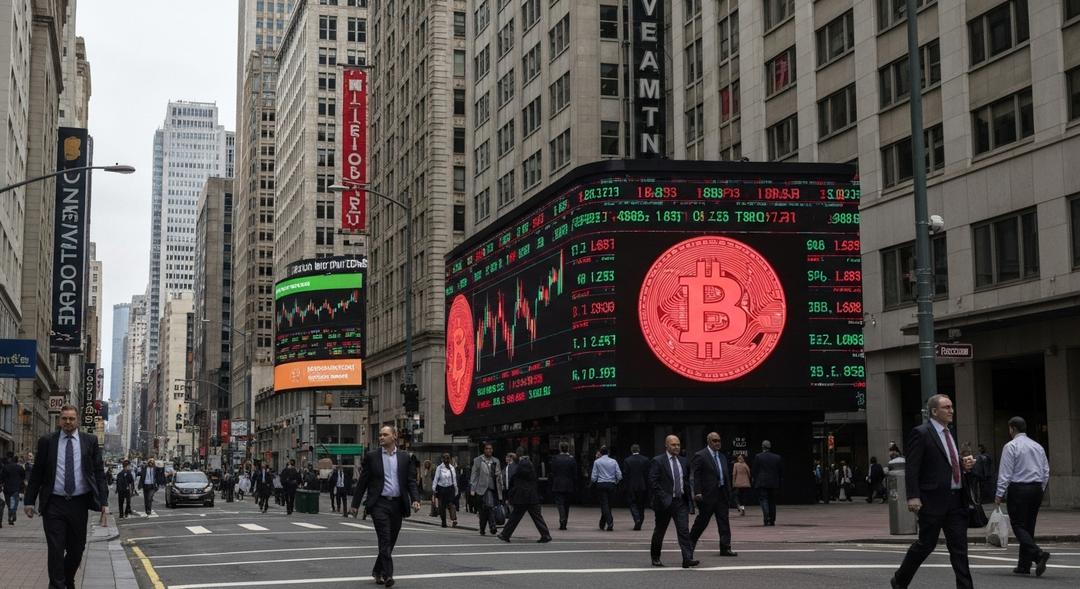Bitcoin’s recent price movement highlights shifting trends in global markets. Economic pressure and investor behavior together create an unpredictable landscape for digital assets.
At the end of this trading week, Bitcoin registered a 2.3 percent decline, trading slightly above $115,000. This downturn closely follows renewed global tariff policies introduced by the White House, which set the stage for widespread unease across Asian financial markets.
These latest tariffs have added fresh pressure on equities, reflected by the Nikkei 225 index opening in negative territory, a pattern matched in Seoul. Traditionally, when the United States implements trade restrictions, digital currencies echo moves in traditional markets. While this parallel might be showing signs of weakening, recent price action still suggests strong connections remain.
Within hours of new tariff announcements, data showed $260 million in leveraged long positions on Bitcoin had been forcibly closed. Analysts point to a confluence of external risk and market participants taking profits as the key catalysts behind this volatility.
The broader context reveals this profit-taking wave is the third such occurrence during the current extended bull cycle, dating back to 2023. Newly published research from CryptoQuant attributes nearly eight billion dollars in realized gains during late July alone to a mix of established holders and newer entrants, with notable sales by long-time Bitcoin investors.
A standout moment took place in late July, when a major holder, often called a whale, sold off about 80,000 Bitcoin. This triggered a flurry of activity across trading platforms, with daily inflows to exchanges hitting 70,000 Bitcoin, a sign that sellers were eager to secure profits at what many saw as elevated prices.
This selling was not limited to Bitcoin itself. Investors holding related assets on Ethereum’s network, particularly those with Wrapped Bitcoin, Tether, or the dollar-pegged USDC, also took advantage of price strength. Reports indicate more than $40 million in daily gains were crystallized, reinforcing the theme of active risk management and shifting capital between asset classes.
Periods of heavy profit-taking have historically been followed by extended phases of market consolidation. Research suggests consolidation of two to four months is a typical response after such events, with traders waiting for new momentum to fuel another move higher. While previous patterns are no guarantee of future outcomes, they often offer useful guidance.
Added uncertainty comes from changes in North American trading sentiment. With the premium that buyers typically pay on U.S. exchanges flipping negative, there is evidence that American demand for Bitcoin is not as strong as in the previous rally stage.
Broader financial markets are also in a cautious mode. The recent round of tariffs from Washington has unsettled not only stock markets but also bonds and other risk-sensitive assets internationally. Concerns about higher inflation and potential supply-chain disruptions mean investors are taking a more measured approach.
Market makers are adopting a wait-and-see attitude, noting that without a clear external driver to spark buying, conviction appears shaky. Until Bitcoin or its closest rival Ethereum can decisively reclaim recent price peaks, the mood may stay one of rotation between themes rather than outright trending gains.
Even as Bitcoin faces resistance at these levels, Ethereum remains a focal point of optimism after a standout July. Having climbed over fifty percent in recent weeks, Ethereum’s strong inflows from United States spot exchange traded funds and increased institutional involvement have led some analysts to set lofty targets for this asset in the coming market cycle.
Other asset classes are also experiencing ripple effects. Gold rallied in early Thursday trading, before slipping to just under $3,290 as investors juggled strong labor market data and clarity on the United States central bank’s stance on interest rates. Meanwhile, the Japanese Nikkei 225 fell nearly 0.7 percent at the open, illustrating the broad nervousness that persists across the Asia-Pacific region.
The S&P 500 is showing signs of hesitation, with futures declining as investors weigh quarterly results from major technology companies and await key economic data. This cautious positioning underscores the level of uncertainty facing decision-makers across asset classes this week.
For both dedicated crypto enthusiasts and those exploring how to Start Cloud Mining, these shifts speak to the complexity of global markets. Every move by policymakers or major market participants can ripple out quickly through financial and digital asset channels.
Conclusion
Markets in Asia and beyond are navigating a novel combination of geopolitical risk and investor repositioning. With Bitcoin and related assets at critical levels, all eyes are on whether new catalysts emerge to revive sustained momentum or if a period of stability is next.
Until greater clarity appears on trade policy, inflation, and institutional engagement, digital assets like Bitcoin and Ethereum are likely to exhibit continued choppiness. For now, prudent risk management and close monitoring of macro developments remain crucial for anyone involved in the fast-changing world of digital finance.

Ewan’s fascination with cryptocurrency started through his curiosity about innovative technologies reshaping the financial world. Over the past four years, he has specialized in cloud mining and crypto asset management, diving deep into mining contracts, profitability analysis, and emerging trends. Ewan is dedicated to helping readers understand the technical and economic aspects of crypto mining, making complex information accessible and actionable.




